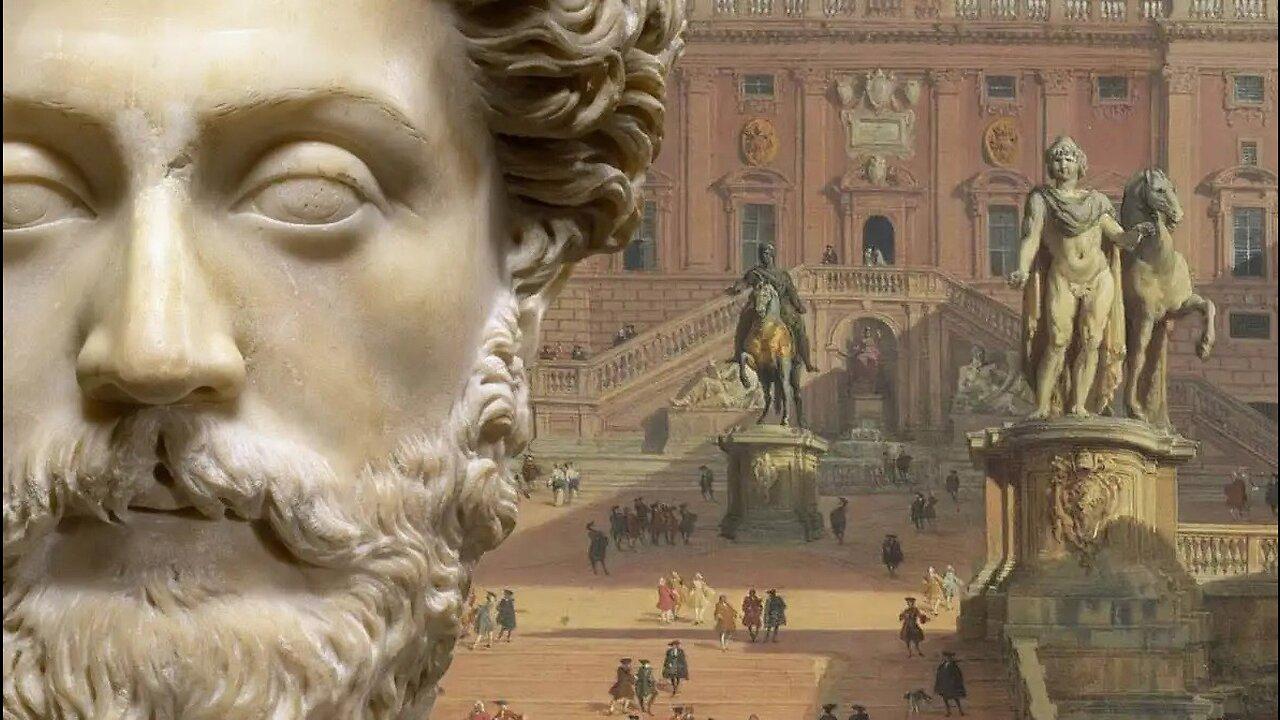
Lecture 3: Beginning in 133 B.C., the Roman Republic began to unravel.
This process has been charted in greater detail in my Teaching Company course, The History of Ancient Rome, but here we briefly recap the main events and focus more closely on analyzing their meaning.
The late republic, as the period 133–31 B.C. is often termed, provided the stage-set for the reign of the emperors, and in this period can be found the seeds of imperial rule.
We pay close attention to those events and developments that elucidate this point, particularly the career and assassination of Gaius Julius Caesar.
Although he was not an emperor, Caesar did more than anyone in this period to create the conditions that led to the reintroduction of monarchy to Rome.
